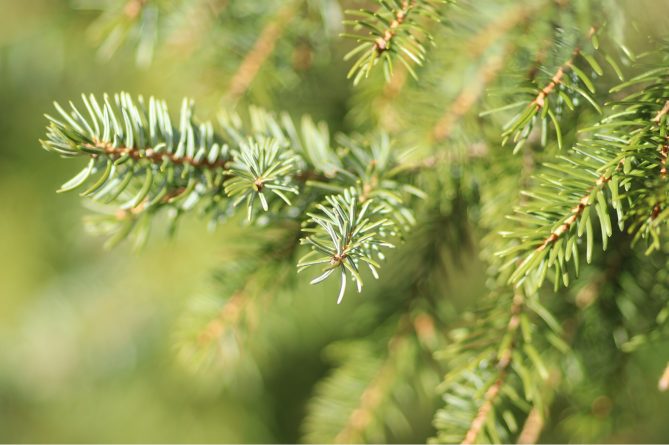Cedar Fever is something many Texans know all too well, especially in the winter and early spring seasons. Here’s more information on Cedar Fever symptoms and tips for treatment!
What is Cedar Fever?
Commonly mistaken for the flu or other similar respiratory viruses, Cedar Fever is actually considered an extreme allergy known as allergic rhinitis, one of which affects thousands of Texans each year. Cedar Fever is more highly contracted in areas with large quantities of cedar or juniper trees, which release large amounts of pollen causing widespread allergic reactions. Woodsy areas such as San Antonio and Austin are among the most highly affected areas in central Texas.
Cedar Fever Symptoms
An allergic reaction caused by pollen exposure can affect those who may not normally struggle with seasonal allergies, and portray the same severity if symptoms. Part of the reason Cedar Fever is commonly mistaken for the flu, or even COVID-19, is because of the similar nature of the symptoms experienced. Here are some of the most common signs of Cedar Fever you should be aware of:
- Sore throat
- Runny nose and congestion
- Extreme fatigue and tiredness
- Coughing and sneezing
- Difficulty smelling or tasting
- Mild to moderate fever with chills
- Itchy, watery and/or swollen eyes
- Difficulty hearing caused by clogged ears
- Itching or redness around face
How to Treat Cedar Fever
While Cedar Fever can be debilitating, exhausting and downright miserable, it will usually resolve with time and over the counter medications and home remedies. However should symptoms progress overtime, breathing becomes more difficult, or fever becomes steadily higher, contact your primary care doctor or visit your nearest Next Level Urgent Care. Here’s some home treatments you can try should you ever begin showing Cedar Fever symptoms:
- Take over the counter allergy or antihistamine medication (especially decongestants)
- Try nasal irrigation flush methods such as a neti pot
- Explore over the counter nasal decongestants or sprays
- Place a warm compress on your nose and face to open sinus cavities
- Take in plenty of fluids and soups
- While resting, try sleeping with a dehumidifier in the room
- Promote healthy airflow in your home without opening windows (example – filters)
Tips for Seasonal Coping
Especially with Cedar Fever and other seasonal allergy illnesses, preventative measures go a long way in staying well! Taking a daily decongestant like Claritin (especially if you’ll be spending time outdoors) is an easy way to stay ahead of the allergy curve. Additionally, pollen count is usually highest in the morning, so highly sensitive persons may want to consider adjusting daily outdoor activities around these peak times if possible. You can also monitor the daily pollen count on your preferred weather forecasting platform for extra precaution!
![NL Wordmark [Gradient] NL Wordmark [Gradient]](https://www.nextlevelurgentcare.com/wp-content/uploads/elementor/thumbs/NL-Wordmark-Gradient-7fm1iv6f0zylwqrxpy8kifrnrzsluqzzzofvqvs6smo.png)
